Have you ever been in a situation where you had to rely on your survival skills?
It’s a reality of life that we wouldn’t wish on anyone. Still, the fact of the matter is that there are two kinds of people: those who would cope just fine stranded in the open ocean or even in the middle of a nuclear fallout, and those who should keep listening to today’s list because we are here to teach you a survival skill or two.
Even if you live in an urban area and rarely travel, the tips in today’s list can save your life and the lives of others around you in a variety of “What if?” situations. From surviving a wildfire to what you should do if someone tries to smother you with a pillow, here are some survival strategies and life hacks that could be useful in the future!
Here are 25 life-saving hacks that you need to know.
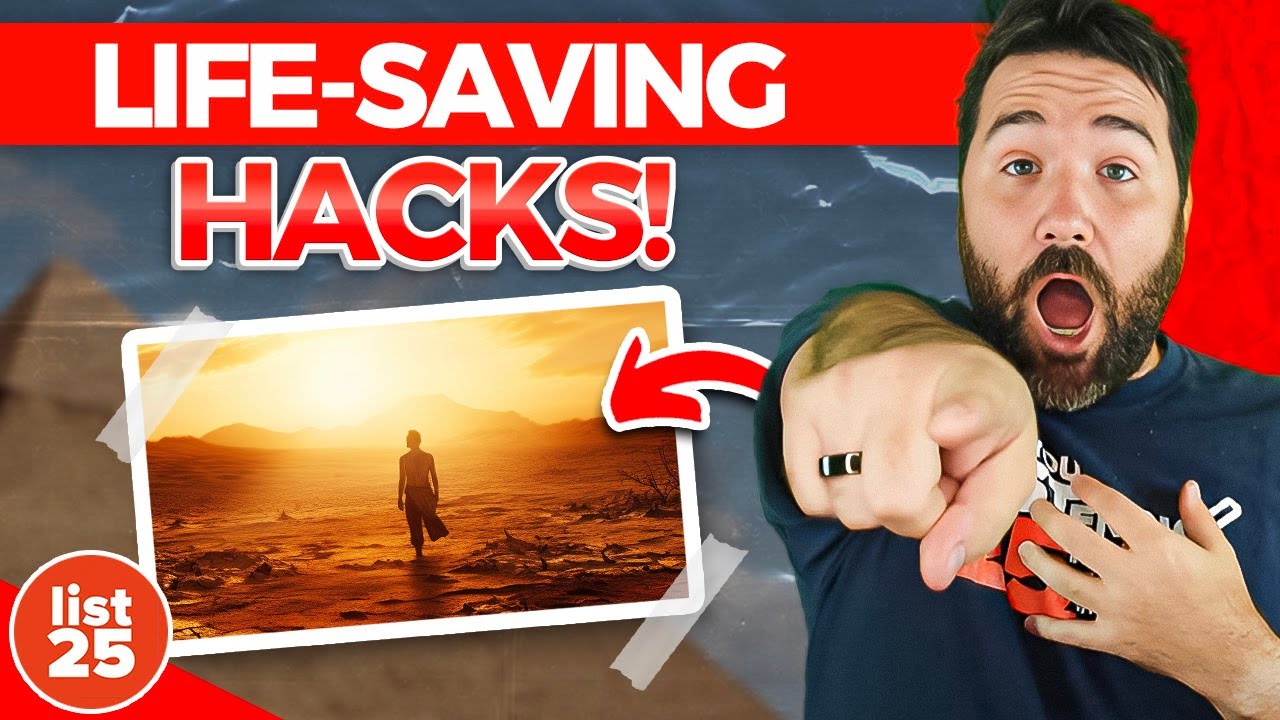
Know How Predators Will Disarm Your Mistrust
 https://www.combatkravmagatucson.com/single-post/2017/10/10/psychological-manipulations-frequently-used-by-predators-on-women-according-to-gavin-de-b
https://www.combatkravmagatucson.com/single-post/2017/10/10/psychological-manipulations-frequently-used-by-predators-on-women-according-to-gavin-de-b One of the biggest horrors of our times is GBV or gender-based violence. If you’re a woman, you should know that when it feels as if someone is dangerous, they usually are. Your intuition has been finely honed through evolution, and it will usually only fail you when you deny it in an attempt to be polite.
There are quite a few behaviors predators will use to disarm your mistrust, but the following pre-victimization indicators are almost always present:
- Forced teaming. This is when someone implies that they have things in common with you, acting as if they are in a comparable predicament when that is not the case. Speaking in “we” terms is a sign of this, as in “We don’t have to talk outside… Let’s go in.”
- Niceness and charm. The predator can act pleasant and friendly to exploit you by disarming your mistrust.
- Giving too many details. When someone lies, they will embellish their story to appear more credible.
- Unsolicited Promises. A promise to do (or not do) something when it is not expected usually means the promise will be broken. For instance, an unsolicited “We promise we’ll leave you alone after this,” usually indicates that you won’t be left alone. Likewise, an unsolicited “We promise we won’t hurt you” means the exact opposite, and you will be hurt.
Knowledge is power.
If You’re Attacked In An Elevator, Press As Many Buttons As Possible
 https://www.safetyandhealthmagazine.com/articles/16645-the-dos-and-donts-of-elevator-safety
https://www.safetyandhealthmagazine.com/articles/16645-the-dos-and-donts-of-elevator-safety Not only will this prevent your attacker from escaping too easily, but you will hopefully attract enough attention to gather multiple witnesses. It could also make it easier for you to get out and get away from your attacker if you manage to escape.
While we’re discussing elevator safety, it is also essential that you know you should never use your hand or any other object to keep an elevator door open. Use the open button instead of putting anything in front of the sensors. And, should you be unfortunate enough to get stuck inside an elevator – remember that all elevators are equipped with an emergency phone and alarm bell. Do not attempt to force the doors open Hollywood-style to crawl out. Wait for assistance; in this type of emergency, the safest place you can be is inside the elevator.
Bad CPR Is Still Better Than No CPR
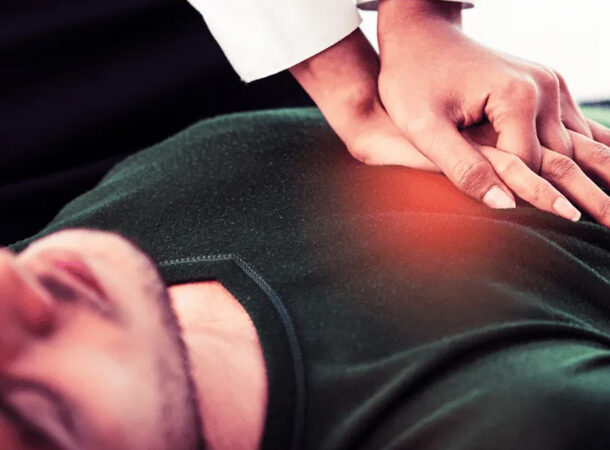 https://www.redcross.org/take-a-class/cpr/performing-cpr/cpr-steps
https://www.redcross.org/take-a-class/cpr/performing-cpr/cpr-steps We all have a rudimentary understanding of how CPR works. We’ve seen it on TV and in movies hundreds of times. But when the time comes to actually perform CPR, we hesitate because we are untrained in the technique. However, should the crisis arrive, healthcare professionals recommend that you perform CPR even if you are not professionally trained. CPR of any kind dramatically improves survival rates.
A general rule of thumb for adult CPR is to give two breaths for every 30 chest compressions – and those compressions should be very hard – you have to press down 5 to 6cm or 2 to 2.5 inches. In fact, it’s very common for ribs to be broken during CPR. Give one to two breaths for every 15 chest compressions if two individuals perform CPR. Continue CPR until you notice signs of life or medical help arrives.
Lost In A Remote Area? Build A Signal Fire
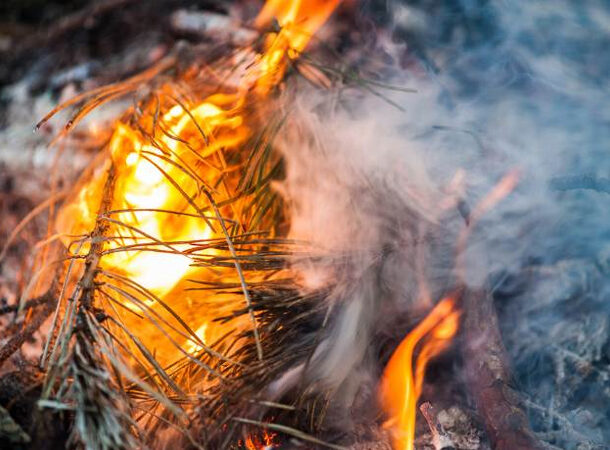 https://www.youtube.com/watch?v=FSgpFapsMoM
https://www.youtube.com/watch?v=FSgpFapsMoM If you find yourself stranded without electronic tech, the signal fire is the most popular and effective method of signaling for help. A well-built signal fire will draw attention from miles away. It also has the added benefit of informing an airborne rescuer (i.e., helicopter) about the wind conditions at your location.
If you are stranded in an area with plenty of dry wood, there’s no reason you shouldn’t keep your signal fire burning as long and as frequently as possible. If you are in an area with limited fuel, you are much better off creating a pyre and waiting for the ideal opportunity, such as sighting a search and rescue plane. Because your signal fire must generate a lot of smoke, the final layer on the pyre should consist of green, leafy plant life or brush. You could also burn your vehicle’s spare tire should no wood or plant life be available.
Surviving A Stampede or Crowd Crush
 https://www.washingtonpost.com/wellness/2022/10/31/seoul-crowd-crush-how-to-survive/
https://www.washingtonpost.com/wellness/2022/10/31/seoul-crowd-crush-how-to-survive/ It has happened at a Houston music festival, an English soccer stadium, a hajj pilgrimage in Saudi Arabia, a Chicago nightclub, and hundreds of other gatherings: large crowds surge toward exits, onto playing fields, or push up against a stage with so much force that people are literally squeezed to death.
People who die in stampedes are just as likely to die due to suffocation as crushing because the bodies walking over them or falling on them make breathing difficult. If you are knocked down in a stampede, your chances of survival decrease dramatically. However, if this is the case and you cannot stand up immediately, take a defensive stance with your feet curled up and your hands covering your head. Keep your face toward the crowd so you don’t get kicked, and get back on your feet as soon as possible.
When You're Being Tied Up, Here's What You Should Do
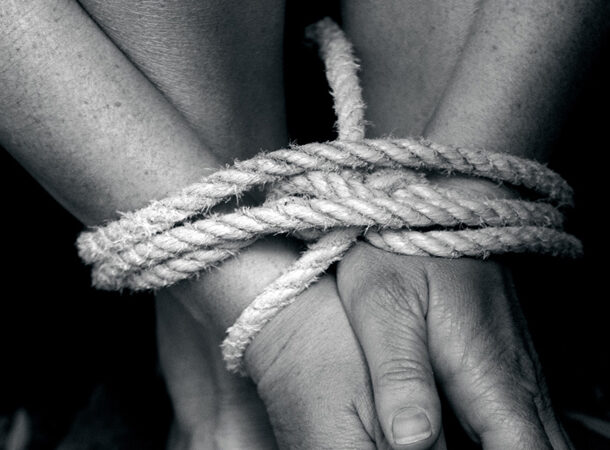 https://www.artofmanliness.com/skills/manly-know-how/how-to-escape-from-being-tied-up/
https://www.artofmanliness.com/skills/manly-know-how/how-to-escape-from-being-tied-up/ If you’re being tied up with rope, try to puff yourself up as much as possible to create a little bit of room you can wiggle out of later. Tighten your muscles, take a deep breath, and flex your arms and legs to make more space. If someone is tying your wrists, cross them so that the sides are in contact with each other and appear relaxed. Once they’re bound, and you’re alone, twist them so that their front sides are in contact and move them apart. This works great with zip ties, which is why cops use two and loop them together.
Know When Someone Is Having A Stroke
 https://www.healthline.com/health/how-to-tell-if-someone-is-having-a-stroke
https://www.healthline.com/health/how-to-tell-if-someone-is-having-a-stroke Did you know there’s a simple way to determine if you or someone else is having a stroke? Remember the acronym F.A.S.T.
It will help you to keep an eye out for:
Facial drooping: A part of the face that is drooping and difficult to move, usually on one side.
Arm weakness: The inability to fully extend or raise an arm;
Speech difficulties: An inability or difficulty to talk or understand what you are saying;
Time: If any of these symptoms are present, time is of the essence; call 911 or your local emergency services immediately.
What To Do When Someone Grabs Your Wrists
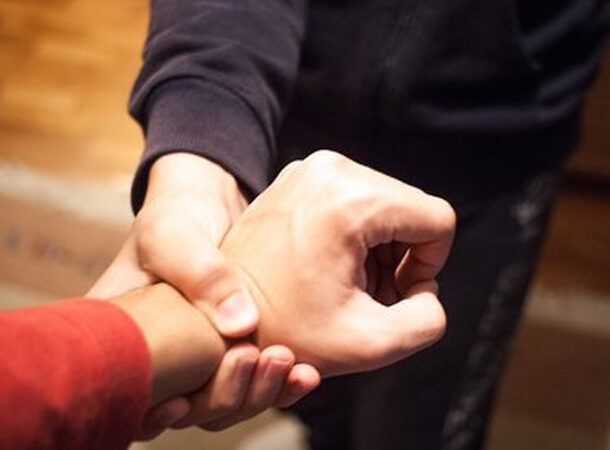 https://www.instructables.com/Self-Defense-Four-Ways-to-Escape-a-Wrist-Grab/
https://www.instructables.com/Self-Defense-Four-Ways-to-Escape-a-Wrist-Grab/ If someone grabs your wrists, quickly pull away from the area where their thumbs are because thumbs form the weakest part of a grip. Other self-defense instructors will train you to quickly lean into them and then apply the thumb rule. For attacks from behind lean into them and then drop. It’s a matter of doing the opposite of what your attacker expect. Another helpful tip for when someone grabs your neck is to raise your hands over your head and rotate your entire body. Throwing up your hands reduces their grip on your neck and could surprise them into reducing their grasp, and then the twisting motion with your whole body helps you slip out of their clutches.
Always Have A Basic First Aid Kit In Your Car
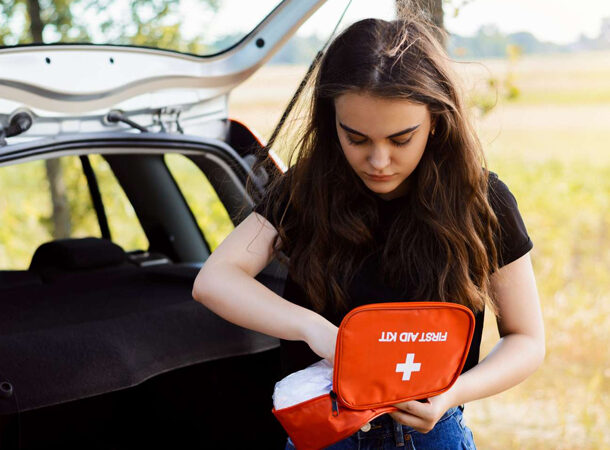 https://www.verywellfamily.com/basic-first-aid-kit-items-290322
https://www.verywellfamily.com/basic-first-aid-kit-items-290322 There are many countries where it is mandatory for every car (or any other vehicle) to have one. Hopefully, you aren’t going to need it, but having a basic first-aid kit on hand is always a good idea. Before treating injuries, make sure your kit has sterile wipes to not only clean the wound but also sterilize your hands. You should also add iodine and pure alcohol to your kit. Include gauze wrap, bandaids, bandages, and lots of aspirin to alleviate fever and swelling. Consider adding some bug repellent for good measure.
If you use your first aid kit regularly, replenish what you’ve taken out. Also, be sure to know the expiry dates on your items if you never use them – so that nothing is past its expiry and that everything in it is always ready and safe to use.
If You Are Sinking In Water, Forget About Your Car Door
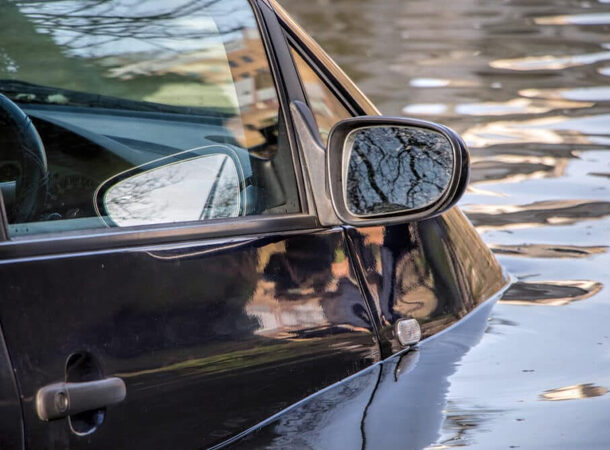 https://www.youtube.com/watch?v=dDgxMMM8omg
https://www.youtube.com/watch?v=dDgxMMM8omg Get rid of your seatbelt and roll down your window as soon as possible after impact. At this point, the door is unlikely to open anyway. If you ever find yourself in a scenario where you need to break a car window, leverage the metal ends of your vehicle’s retractable headrests to break the glass. This is especially useful if you are in a sinking car, and it works most effectively before the water pressure equalizes. So, think fast and act faster!
How To Stay Safe When You’re Hiking
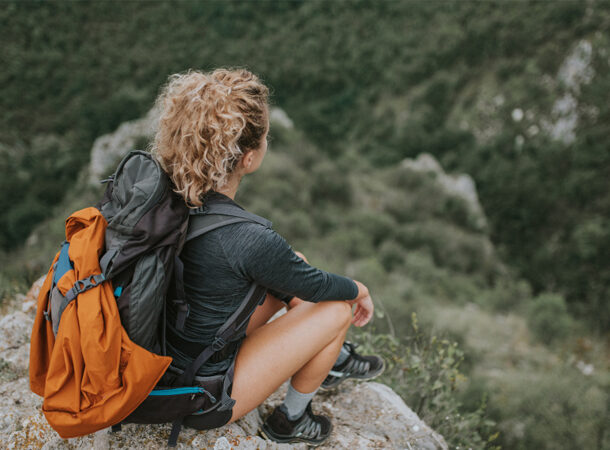 https://www.self.com/story/hiking-safety-tips
https://www.self.com/story/hiking-safety-tips We know a hike is supposed to be one of the safest activities in the world. Just you, nature, and sweet, sweet relaxation. Unfortunately, predators can be anywhere, and that includes your secluded hike.
When hiking, take a look behind you every now and then. If you believe you are being watched, chances are you are and have been for quite some time. Bring a mirror with you as well. Turning around eliminates the element of surprise for any type of predator- whether human or not – and will give you time to escape.
If you turn around and DO see something, make as much noise as you can, do not remain silent, and do not, for the love of God, turn around and go back if you think the danger is gone.
Making Your Own Compass
 https://www.nps.gov/articles/compass.htm
https://www.nps.gov/articles/compass.htm You can build your own compass from a magnetized metal object, such as a needle when you’re lost. To magnetize it, brush the needle’s eye against hair, fur, or silk about a hundred times. Then, lay the needle on a leaf that can float in water and make sure there is no breeze. If everything is done correctly, the needle should begin to point North-South. Make sure there are no other metal objects around that can drag the needle off course.
As most of us don’t travel with needles on hand – here’s where that First Aid Kit in the car comes in – Remember how to find your true north. First, place a stick in the ground that produces a shadow and mark its location. After 15 minutes, draw a line connecting the first and second shadow marks. Place your left foot on the first mark and your right foot on the second; you will be looking north.
What To Do If Someone Has A Seizure
 https://www.webmd.com/epilepsy/epilepsy-seizure-what-to-do-in-an-emergency
https://www.webmd.com/epilepsy/epilepsy-seizure-what-to-do-in-an-emergency Seizures have three parts: their beginning, the middle, and the end. The beginning, known as the aura, can include early warning signs of an impending seizure, such as sounds, smells, tastes, dizziness, or deja and jamais vu. The seizure itself, whether it is a grand mal seizure or a simple partial seizure, is in the middle. The end comes after a seizure, when the brain goes into the postictal phase, usually accompanied by disorientation and memory loss, which can take anywhere from seconds to hours.
The correct treatment for a tonic-clonic seizure differs from what you see on TV. What you should do is: time how long the seizure lasts, move anything that they could hit out of the way, or just block their way to prevent them from moving too far (or falling into water, falling off a bed, etc.). After the episode, turn them on their side and don’t put anything in their mouth. If it lasts longer than five minutes, call an ambulance.
How To Survive Being Smothered By A Pillow
 https://www.sciencedirect.com/science/article/pii/S0379073820303832
https://www.sciencedirect.com/science/article/pii/S0379073820303832 This item might seem silly – I mean, can someone even be smothered with a pillow? The answer is yes; it has happened before, and it is actually one of the hardest to diagnose causes of death.
Should you end up with a pillow on your face, remember the following:
- Don’t panic. Pillows are permeable, so you will still be able to breathe slowly. If possible, try to turn your head sideways
to get more air.
- Push. If you’re stronger than your attacker, you could be capable of pushing yourself off the bed; otherwise…
- Play dead. Struggling will waste your air and energy, prolonging the attack. If your attacker has seen too many movies, he’ll give up long before your situation becomes critical.
Cold Weather Survival
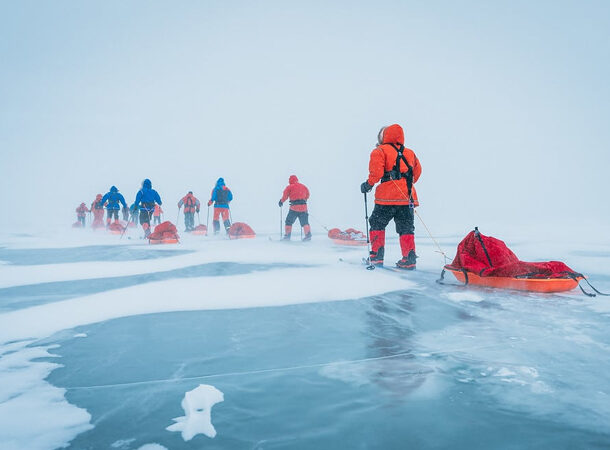 https://www.primalsurvivor.net/cold-weather-survival/
https://www.primalsurvivor.net/cold-weather-survival/ I know some of our fans learn these tips from the moment they’re born, but some people are not used to cold weather and can quickly end up in potentially deadly situations.
First of all, you can survive an emergency in cold weather by remembering the acronym C.O.L.D.
It stands for – Clean, avoid Overheating, Loose and in Layers, and Dry.
Dress in layers because layers retain heat better. Keep dry. Take care of your feet, hands, and face. If you intend to go long distances, make a plan to move on top of the snow while sharing your destination with family or friends. Remember that clear ice is stronger than “snow ice.” Always keep an eye out for signs of frostbite and hypothermia. And, if you get stranded in the snow, fight the urge to eat snow to stay hydrated. The amount of energy it takes to melt the snow in your body can put you at greater risk for hypothermia.
How To Survive If You Fall Through Frozen Ice
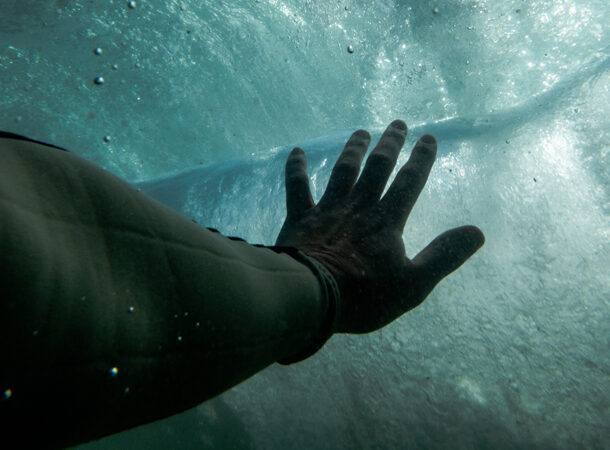 https://www.outsideonline.com/outdoor-adventure/exploration-survival/how-survive-falling-through-thin-ice/
https://www.outsideonline.com/outdoor-adventure/exploration-survival/how-survive-falling-through-thin-ice/ Should you end up on thin ice and things go south, you may be tempted to scramble for help. The first step, however, is to remain calm! Next, keep your winter clothes on – they will assist with flotation and trap your body heat.
To get out – turn back toward the direction you came from; this ice was strong enough to hold your body weight just a few moments ago. Grab a hold of the thicker ice and pull yourself up and out. Finally, stay flat against the ice and do not stand up. When flat on the ice, your body weight is more evenly distributed. Hopefully, someone has phoned for assistance by this time and can get you warm. Warm up slowly because your body is probably already in shock.
Surviving A WildFire
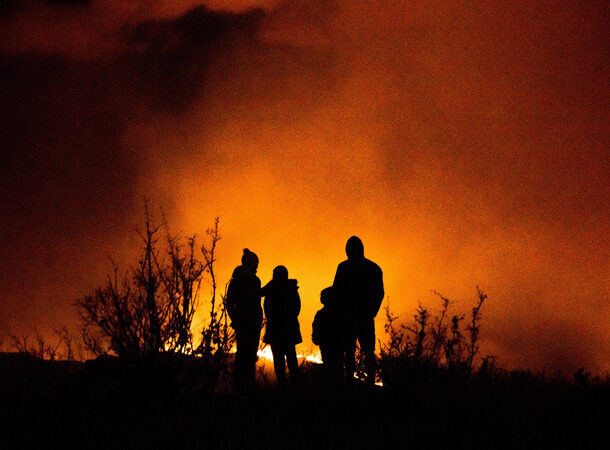 https://www.mirasafety.com/blogs/news/how-to-survive-a-wildfire
https://www.mirasafety.com/blogs/news/how-to-survive-a-wildfire It is possible to survive a wildfire. Run. You can escape the blaze better if you sprint through it. DO NOT bunker down in a hole or cave. You might become stuck with no way out, and the fire might get inside the hole or cave. Always keep your distance from the fire. Cover any exposed skin, but especially your breathing passages.If possible, cover yourself with a wet blanket or wet clothing.
First and foremost, ensure that your nose, mouth, and eyes are protected. Choose the route with the fewest obstacles that will take you to an area where the fire will burn at a lower intensity, such as a meadow or clearing. Most people scream or try to breathe in when they reach the flame front. DO NOT do this. This will bring scorching air into your lungs, causing your lungs to blister and may result in drowning in your body fluids.
What To Do If You’ve Been Stabbed
 https://firstaidforlife.org.uk/knife-crime-serious-bleeding/
https://firstaidforlife.org.uk/knife-crime-serious-bleeding/ If you’ve been stabbed by a knife, glass, metal, or anything else that produced a deep wound, don’t take the weapon out because it could be slowing down a significant amount of blood loss. Instead, phone for assistance and apply pressure around the object in order to keep the blood loss under control until emergency responders arrive.
You should also remember that the area has been changed into a crime scene. After calling the emergency services, try to save any evidence you can and only move what you need to in order to apply the necessary pressure. If you are trying to assist someone who’s been stabbed, the same rules apply – but try to wear gloves and do not touch the weapon.
Safety Around Downed Power Lines
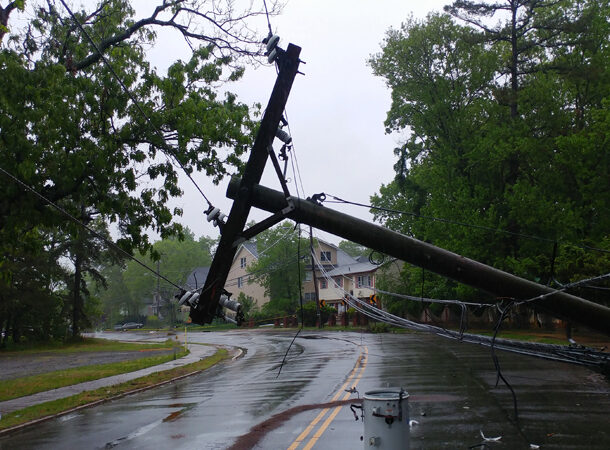 https://www.esfi.org/resource/downed-power-lines-261
https://www.esfi.org/resource/downed-power-lines-261 Sometimes, power lines carry more than 500,000 volts. As such, it is always best to avoid downed power lines because they can be extremely dangerous. Downed power lines do not always hum or generate any other electric sounds. This could lead to the assumption that they are not carrying any voltage. However, there is no reliable means to determine this. So it is best to avoid them entirely.
Never take your feet off the ground if you find yourself near a downed electrical line. Because of the difference in voltage between both feet, walking by lifting one foot and placing it on the ground one after the other might conduct electricity. This would result in a difference in potential between the ground and you, which could prove disastrous. If you need to move away from a power line, the best course of action is to shuffle away slowly without lifting your feet.
Getting Lost In A Desert - The Rule Of Three
 https://www.winfieldsoutdoors.co.uk/blog/how-to-survive-in-the-desert-a-guide-that-could-save-your-life/#:~:text=If%20you%20have%20to%20walk,away%20from%20the%20hot%20sun.
https://www.winfieldsoutdoors.co.uk/blog/how-to-survive-in-the-desert-a-guide-that-could-save-your-life/#:~:text=If%20you%20have%20to%20walk,away%20from%20the%20hot%20sun. If you are lost in the desert, or anywhere else for that matter, the most important thing you can bring to maximize your chances of being found is a little reflective mirror. When a jet flies overhead, you can bounce light towards it, increasing your chances of being discovered. This is far more important than carrying extra water (not that water doesn’t matter; it’s just unrealistic to carry that much water on your back).
Furthermore, if you become lost in the desert with your vehicle, do not abandon it to look for help. You are far more difficult to spot than your vehicle, and your vehicle can give shelter (it also has excellent reflective mirrors to signal with, notably the rearview mirror).
Finally, another almost universal and versatile approach to signal for help exists. It’s best described as the rule of three different things. It might be three gunshots, three whistle blows, three flashlight flashes, three reflected mirror flashes, etc. Ensure they’re evenly spaced (at least one second apart), and take your time before sending your next three signals.
Aspirin And Heart Attacks
 https://www.healthline.com/health/heart-attack/aspirin-for-heart-attack
https://www.healthline.com/health/heart-attack/aspirin-for-heart-attack Aspirin is used all over the world and is an essential, over-the-counter medication that relieves pain, headaches, and fever. You’ve undoubtedly heard that aspirin can also be used to reduce the risk of heart attacks. Although a low daily dose of aspirin can help prevent heart attacks, it is not recommended for everyone. For many people, the risks of taking aspirin daily surpass the benefits it offers.
Be that as it may, it is widely acknowledged today that you should give a person having a heart attack an aspirin or two to chew for faster absorption. It has been proven that when taken during a heart attack, it could significantly reduce the amount of heart damage.
Getting Caught In A Rip Current
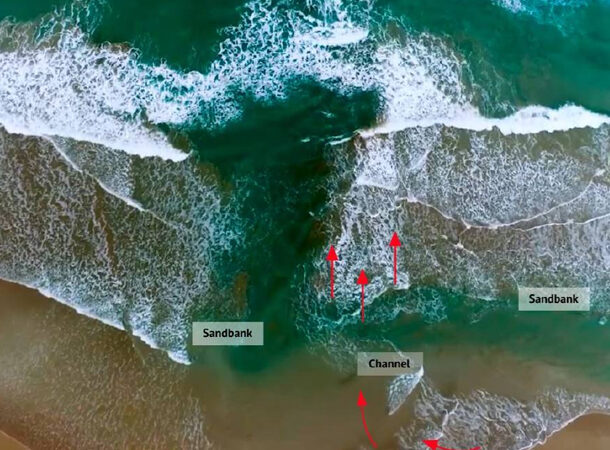 https://www.weather.gov/mlb/ripcurrent_rules#:~:text=The%20best%20escape%20is%20to,from%20the%20rush%20of%20water.
https://www.weather.gov/mlb/ripcurrent_rules#:~:text=The%20best%20escape%20is%20to,from%20the%20rush%20of%20water. According to data from the US Lifesaving Association, rip currents kill over 100 beachgoers annually. Many people falsely assume that such currents (often incorrectly called “rip tides”) pull swimmers underwater. However, this is a misconception because rip currents are not tides but rather strong, narrow currents that travel away from the beach.
When swimmers become entangled in a rip current, they may panic and dive under a wave, only to resurface further out at sea, still in the grip of the rip current. Instead, swimmers in this situation should remain calm and conserve their energy. There’s no reason to be concerned that such a current will drag you underwater. Never swim against a rip current. Instead, swim parallel to the coast and away from the current until it subsides. Then swim back to the beach – if you’re lucky, the waves will carry you most of the way back to shore.
Saving Yourself And Others From Drowning
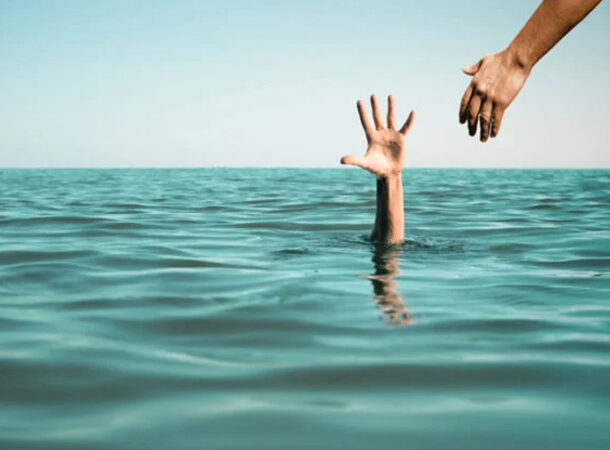 https://www.wikihow.com/Save-an-Active-Drowning-Victim
https://www.wikihow.com/Save-an-Active-Drowning-Victim If you don’t know how to swim and somehow end up falling into the water – don’t panic. We realize it’s easier said than done, but remember that you don’t have to be able to swim to float. Allow yourself to bob to the surface while holding your breath. Take shallow breaths while keeping your lungs full of air until someone can get you out.
If someone else is in trouble in the water and you decide to save them, know they can – and will – take you with them if you allow it. Their panic will overshadow all logical thoughts. Bring something with you, such as a float, a rope, or a towel, and use it to bridge the space between you and the person so you can tow them in. If you must make direct contact, approach the person from behind and place your arm across his or her chest. Pull the victim’s back to your chest while keeping his or her arms away from you. If a panicked drowner grabs you, do everything you can to sink to the bottom. Most people will let go since that is the last place they want to be.
Do Not Intervene If Someone Is Choking, But Coughing
 https://www.procpr.org/blog/training/what-if-someone-is-choking
https://www.procpr.org/blog/training/what-if-someone-is-choking We all have the deep desire to one day try out the Heimlich maneuver on someone – no, just kidding. I know the idea fills most of us with dread. Which is why giving you the next bit of advice is vital.
In the event of someone choking but they are coughing or talking, DO NOT intervene. Allow them to cough it out. The ability to cough indicates that air can get in and out of their airway and that they only have a partial obstruction. If you use the Heimlich or back blows to force it out, you risk dislodging the blockage – triggering a full obstruction.
Obviously, if they aren’t breathing or coughing, you should definitely step in; just make sure to check in between the actions if the obstruction hasn’t been moved or partially moved again – in which case the choker can cough it out.
Do Not Inflate Your Life Jacket While You’re On The Plane
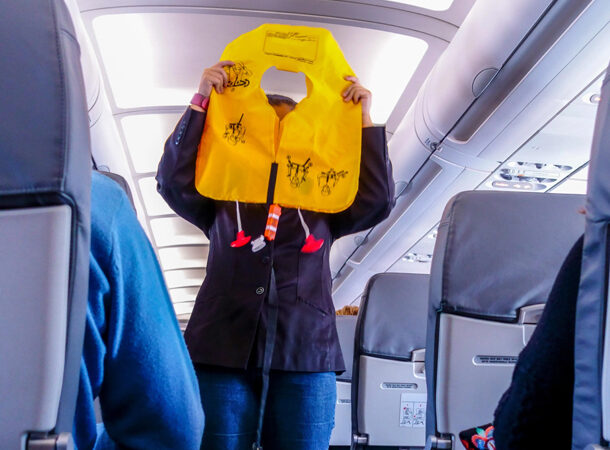 https://www.express.co.uk/travel/articles/959119/flight-secrets-emergency-life-jacket-plane-evacuation
https://www.express.co.uk/travel/articles/959119/flight-secrets-emergency-life-jacket-plane-evacuation There’s an obvious and a not-so-obvious explanation for this, and once you understand the second, you’ll never be tempted to ignore our advice.
The first reason is that in an emergency, every second matters, and the first 90 seconds are critical, so you don’t want throngs of people frantically attempting to inflate their life jackets before they can get out the door. Inflated life jackets also occupy more space, making it more difficult for people to move around in an emergency.
The second reason is that if the plane begins to fill with water while you’re wearing an inflated lifejacket, you won’t be able to swim to safety. The hijacked Ethiopian Airlines Flight 961 is a disturbing example. Many passengers who survived the accident drowned when their inflated life jackets kept them trapped in the rising water after the plane crash-landed in water.



























